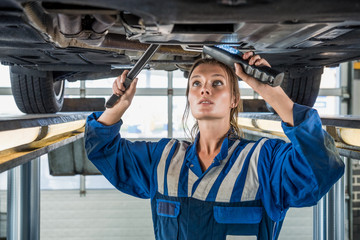In this day and age, basic vehicle maintenance has been largely reduced to a wash/wax job and refilling the washer fluid reservoir - but does it have to be that way? Are there maintenance tips that can help you to overcome the new-age of complex and intimidating cars? Of course, there are.
Inspect your Vehicle on a Regular Basis
People who care about their cars look after them and ensure they’re running in top form, that they are clean inside and out, and have no mechanical issues. In order to keep this relationship flowing in a good direction, owners are constantly checking on the state of their vehicles.
Inspecting your car on a regular basis is a great way to keep up on basic maintenance and familiarize yourself with the process of keeping a car in tip-top shape. It can also prevent small repairs and quirks from becoming bigger problems that can burn a hole in your pocket.
The first step to basic vehicle maintenance is watching for dents and scratches your car may develop and listening for any funny sounds that don’t belong. Here, we’ll provide a list of some maintenance upkeep and minor fixes most of us may be able to take care of ourselves.
Tires
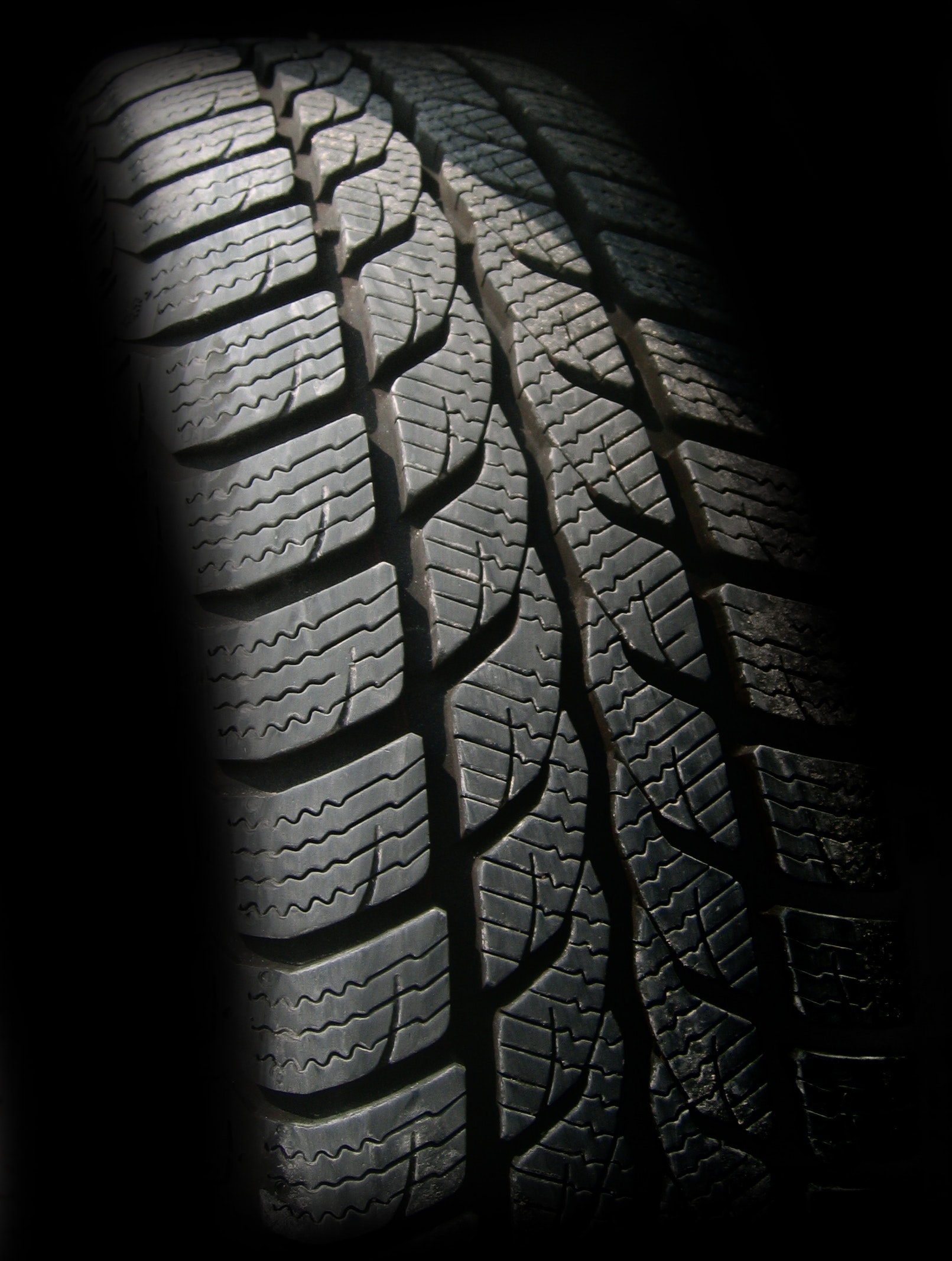
Air Pressure
Checking your air pressure these days is so, so simple - and it’s a great way to maximize the life of your tires and increase fuel efficiency at the same time. A tire with optimal air pressure can help combat accelerated and unusual tire wear.
Most gas stations these days feature an air compressor that you can use to top up your tires when you notice the air levels are a little low. If you can’t visually see when air is low, you can usually feel the effects of low air pressure as well. A tire with considerably lower air pressure than the others may pull the car in the direction of the low tire. Check your tire pressure monthly as tires can seep air and the air temperature can cause changes as well.
Checking your air pressure is done by taking the air filler cap off the valve in your wheel rim and using a pressure gauge to examine your current air pressure levels. To find the optimal recommended air pressure for your vehicle, look in the driver’s side door jam or owner’s manual. Generally, most passenger vehicles fall somewhere in between 30-35 psi.
Tread Depth
Another great maintenance tip to ensure your tire health is up to par is checking the tire depth. Assuming you’re not running semi-racing slicks or beefy mud tires, most cars, trucks, and SUVs will have modest tire tread that usually wears out over the course of 3-5 years - depending on how much you drive. To gauge the depth of your tire tread, take your finger or a coin, and insert in between the raised tread, taking note of where the knobby tread comes on your fingernail or on the face of the coin.
As a general rule, your tire tread should nearly come to the top of your fingernail. If it stops below the halfway mark of your fingernail, it’s not time to sound the alarm, but checking in on your tire tread a couple times each season is a good idea to monitor the advance of your tire wear.
Rotation
Tires perform better when rotated to different corners of the vehicle so they can wear evenly and have the same vehicle dynamic nuances of the other tires.
If you change your own tires, this is a simple matter of marking the position of the tires before they come off the axle, such as using: FR (front right), FL (front left), RL (rear left), and RR (rear right). This will allow you to easily remember where the tire was before you moved it so you don’t place them back in the same spots.
Rotate the tires diagonally (RR to FL and RL to FR) so each tire occupies a different corner and always ensure that you take note of your tires directional tread when putting them back on. Look for the rotation arrow on the sidewall of the tire if you’re unsure about directional tread - many factory touring tires are not directional, and can be placed on all four corners of the car.
Cleaning
Cleaning and taking good care of the side walls of your tires as well as the rims is a great way to maximize their life cycle and reduce the likelihood of decline or failure. Rubber is a strange material that - while cushy - can dry and crack over time if left untreated. Cleaning your tire walls with a pressure washer and some good old fashioned soap and clean water is a good way to rinse the grime and brake dust that can contribute to premature drying and cracking.
Alternatively, you can also go the extra mile by purchasing tire shine/protectant products that not only make the sides of your tires look incredible, but help to treat and protect the tire from dry cracking.
Engine
Drive Belts
Part of the responsibility of your engine is, of course, to make the wheels move but the engine is also responsible for providing power to other drivetrain systems as well. For example, systems that rely on drive belts to transfer power from the cam or crankshaft to the alternator, air conditioner, or power steering pump.
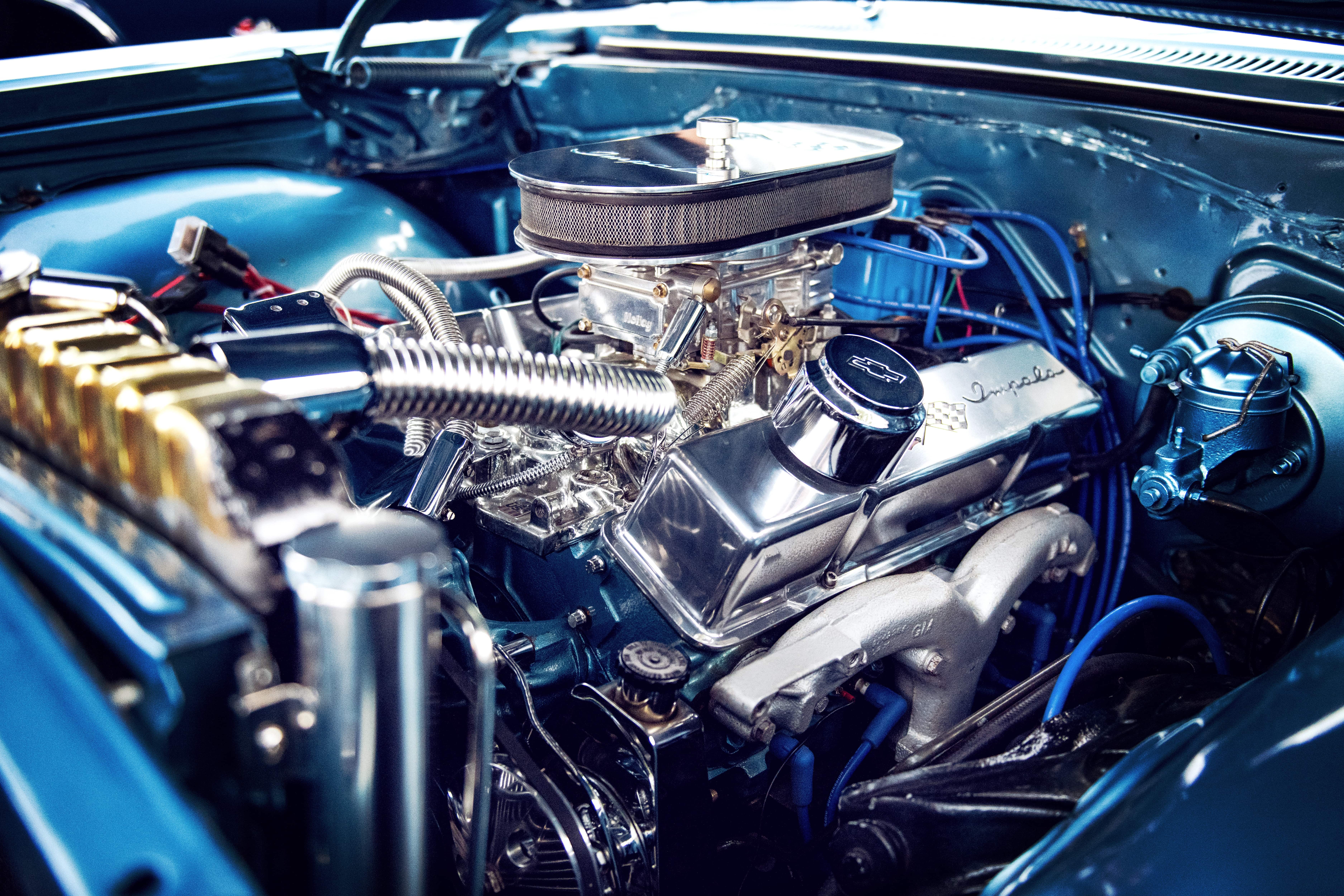
Most vehicles employ the use of a singular belt called the serpentine belt that is used to connect the crank pulley and this can wear out quickly even under modest use. Similarly, there’s also the timing belt and V-belt to think about. All three belts are made of rubber, like tires, so they’re subject to drying out, cracking, and snapping. As a general rule, they should be inspected and possibly replaced at the 60,000 km, 120,000 km, 180,000 km markers. While this job is one that will probably require a mechanic, it’s the inspection process that we can do ourselves. Checking and replacing the belts prior to them snapping is critical to ensuring you make it to your destination without any issues.
Oil/Coolant Levels
Engines get very hot. They’re full of moving metal parts that require constant lubrication and cooling to battle against friction and heat. When oil levels are low, engines tend to get hotter and are overworked - severely impacting performance and efficiency. Luckily, checking and changing your oil and coolant is a simple maintenance step that you can do in your driveway with few tools.
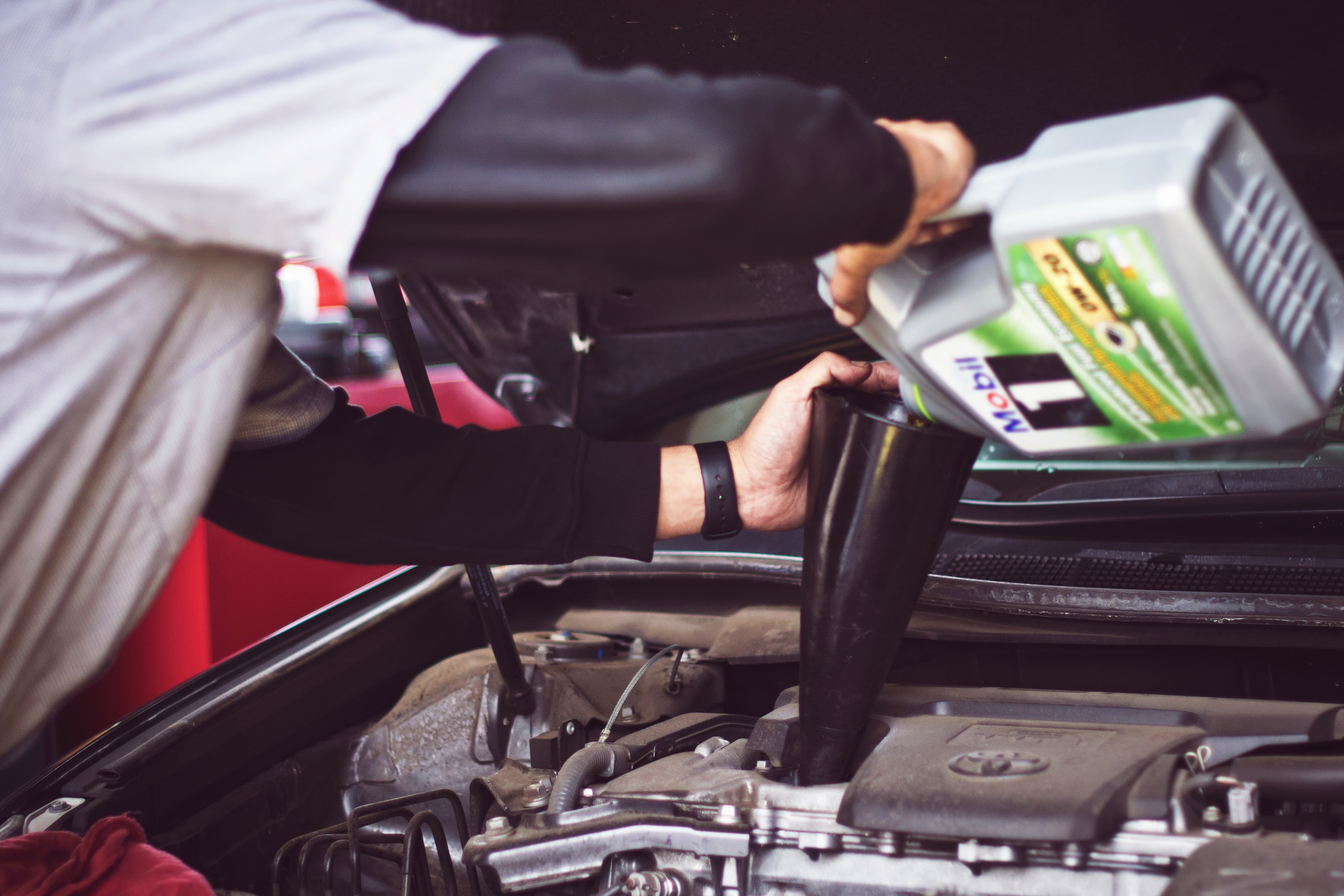
Begin by using the dipstick to check the level of oil in the car. Remove, clean, and reinsert the dipstick to the oil reservoir and then remove it again. You will be able to use the level indicators on the dipstick to see if more oil needs to be added. You’re also looking for colour. Engine oil that is in good health is usually a honey or amber colour, while darker or black oil is usually a sign that it’s time for a change. This can be due to the presence of contaminants, too much heat, or even engine sludge.
To change your own oil, jack up the front of the car after restraining the back wheels with blocks and your emergency brake. The car’s engine should be warm, but not too hot, when you do this. Begin by placing an oil recovery pan under the oil reservoir. Remove the oil reservoir plug to drain the old oil from the vehicle. Locate the used oil filter and remove that as well. Prep the new filter by smearing a bit of shop grease along the connecting rim and replace both this and the reservoir plug snugly. Now you can add new oil - which will vary depending on your specific vehicle. Once everything is back together, start up the car and make sure your oil pressure light goes off. Check your dipstick one last time, and you’re golden!
Similarly, changing your coolant is essential for keeping engine parts cool. Checking and replacing your engine coolant is as simple as looking to see where the fluid falls on the indicator on the outside of the reservoir. Top it up to ensure there's enough coolant to cool down your engine parts and reduce the chance of damage due to friction and heat.
Air Filter
Along with fuel and ignition sparks, your vehicle depends on a constant supply of clean air. A solid supply of clean air can help to regulate and maintain fuel economy and eliminate misfiring in the engine. To replace your engine’s air filter, locate the filter box under the hood - it’s typically located near the battery. Take the top of the box off and assess the visual integrity of the filter. If it’s clogged with debris or black/grey, replace the filter to help trap harmful airborne debris from entering the engine.
Body
Paint & Detailing
You love your car for the way it looks and maintaining its’ looks can be a more enjoyable experience than what an automated carwash can offer! Protecting and caring for your vehicles paint job is a critical part of being a car owner. It not only keeps the car looking good, but also protects and prevents excess wear and tear, the development of rust, and therefore helps to maintain a decent resale value.
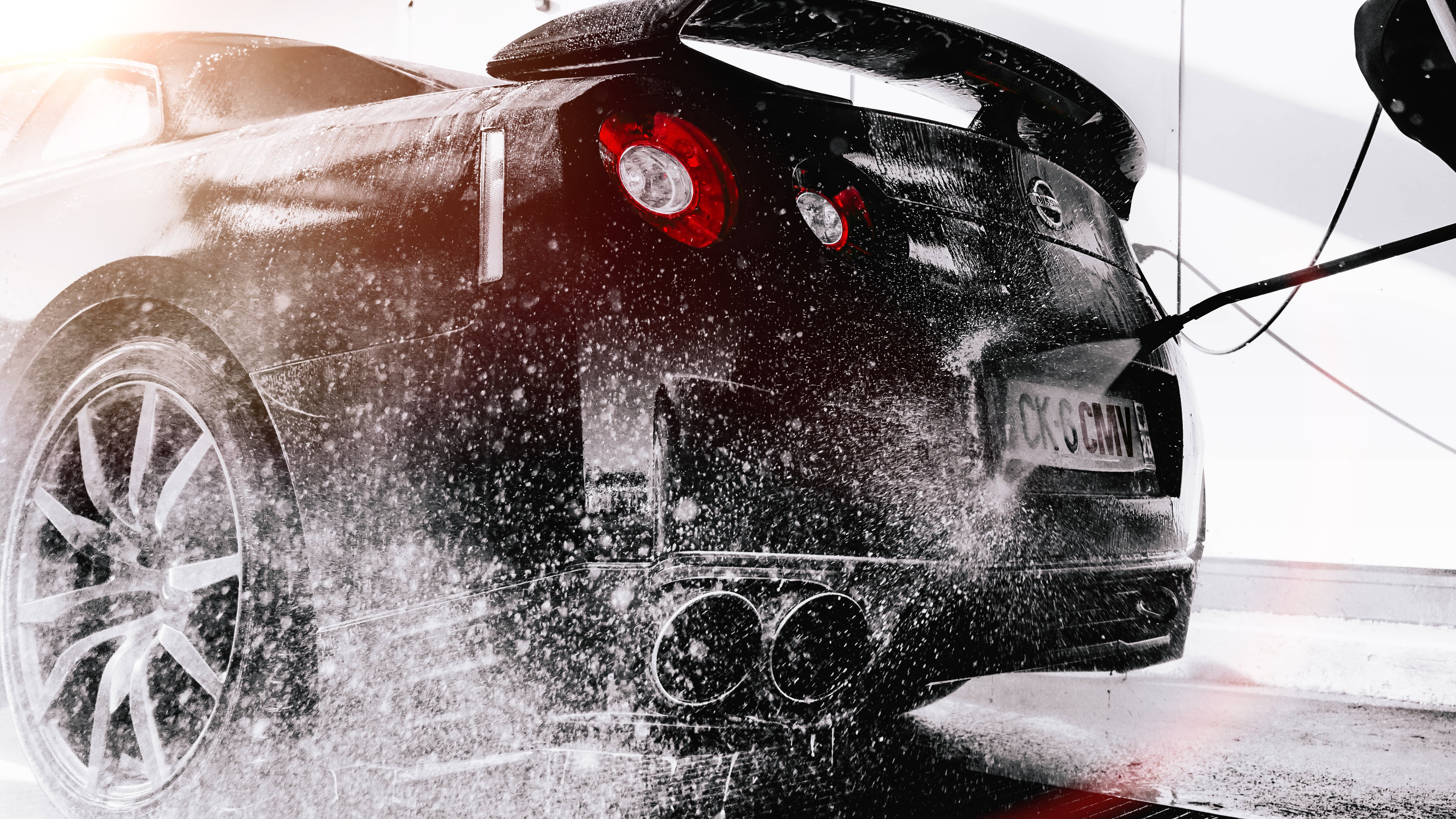
Washing and waxing are key to paint protection, and you should wash your car at least once or twice per month to help get rid of any harmful and damaging debris from the paint finish. Cold, clean water, a clean microfiber rag, and a dedicated car wash soap - not dish detergent - are all you need to give your car a good scrub. Waxing is the final stage of cleaning and protecting your body work, and it comes in a few different forms these days. Spray on waxes are easy to use, but carnauba wax and some good old-fashioned elbow grease is the best way to ensure a thorough coat of wax is applied to make your car shine.
Electrical & Lighting
Battery Health
Your car battery makes it possible to power the immense engine pressure required to operate the systems under the hood. It gives the initial boost you need to fire up the car and is a key component to basic maintenance efforts. To perform some basic maintenance on your car battery, always begin by disconnecting the terminals to eliminate the risk of electric shock.
Clean the terminals to ensure a solid connection to the car with a wire brush. Doing so will help to prolong the life of your battery by getting rid of dust and grime that build-up on the terminal, decreasing the chance of shorting out a good connection. If you’re at all concerned with the livelihood of your battery (you’ll likely notice a weak or forced startup process) consider swapping it out for a new one. Carrying jumper cables or a compact generator in your trunk is never a bad idea in case the battery dies unexpectedly.
Changing Lights
Without working headlights, brake lights, and turn signals, you’re not able to communicate your intentions to other drivers. To check if you've blown a bulb, start up your car and take a walk around, then have someone press the brake pedal so you can see if those lights are functioning. Replacing bulbs is a simple at-home maintenance fix that takes only a few minutes to complete.
Open the hood and locate the back of your headlight. Similarly, open your trunk or hatch to locate the back of your taillights. Remove the back of the watertight case and remove the old headlight bulb. Always do this when glass bulbs are cool. If your car has modern LED and/or halogen bulbs, they should already be cool! Replace the old bulb with a new one and put the case back on. Success!
Don’t Be Afraid of a Little Help!
This list is a suggestion on the tune-ups and attention your vehicle may need that most owners can take care of themselves. If you come across anything in need of repair or that you are not 100% comfortable with doing, we suggest bringing your vehicle to a certified mechanic for them to look at. They will be able to provide an inspection, a complete servicing, and peace of mind that your machine is in good hands!
------
From changing your tires to completing an oil change, checking fluid levels to changing air filters; these are a few maintenance tips that can help you avoid the mechanics every time a dashboard light comes on.
Taking basic vehicle maintenance into your own hands is an excellent way to save yourself time and money on repairs and replacement parts and it's also a great way to get to know your vehicle more intimately. You can make judgments on your own and gain the knowledge for when something needs to be tweaked, tightened, or refilled!

